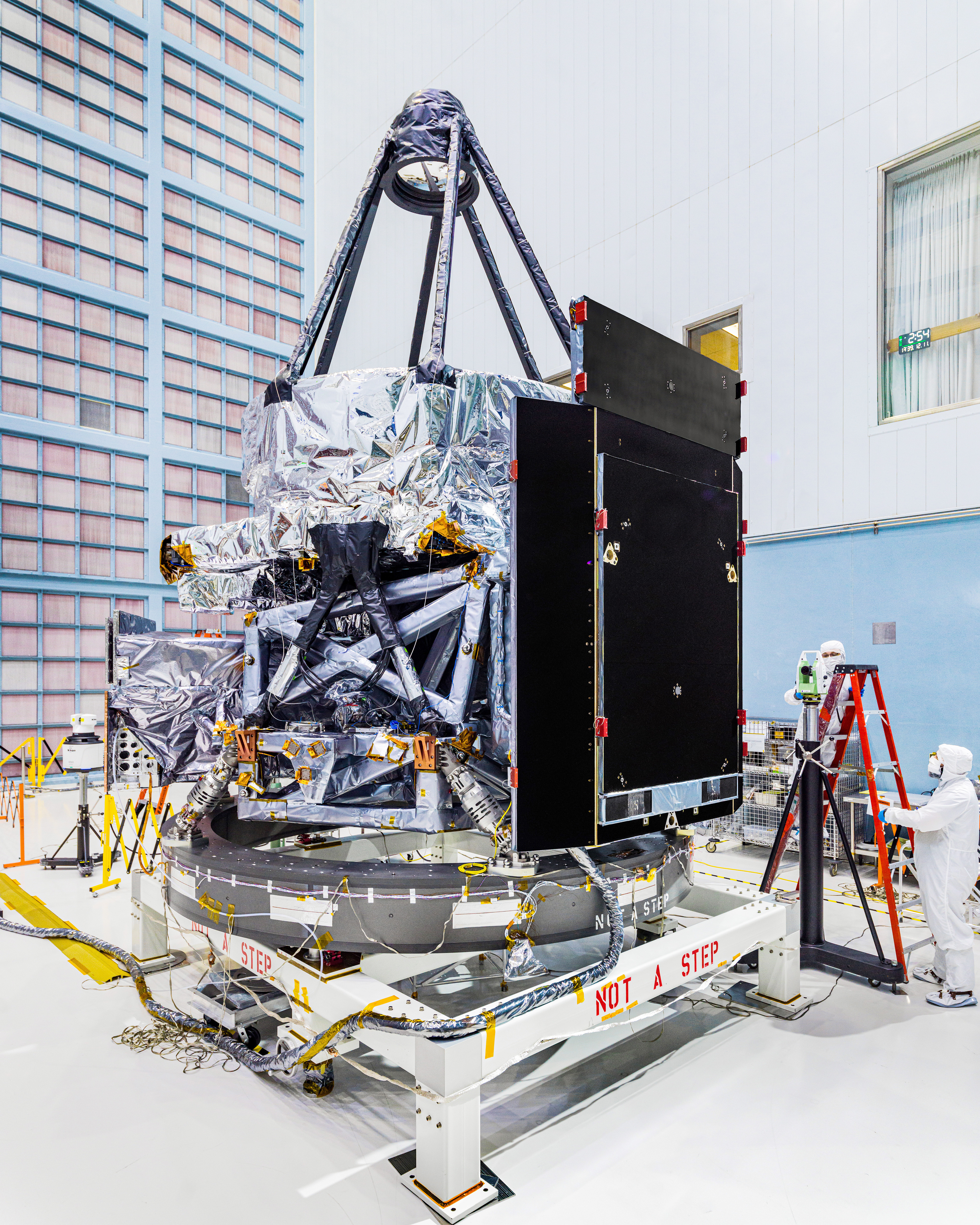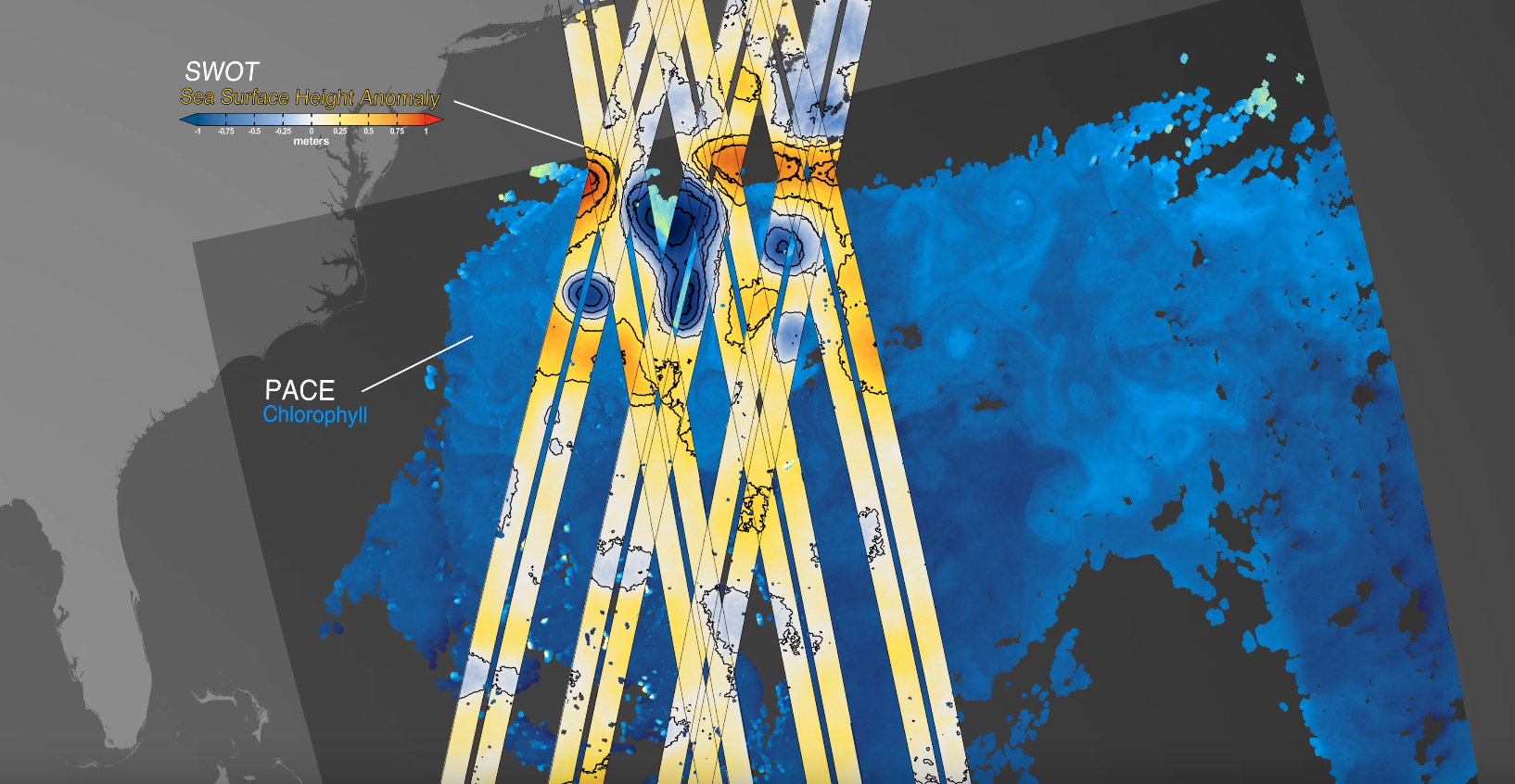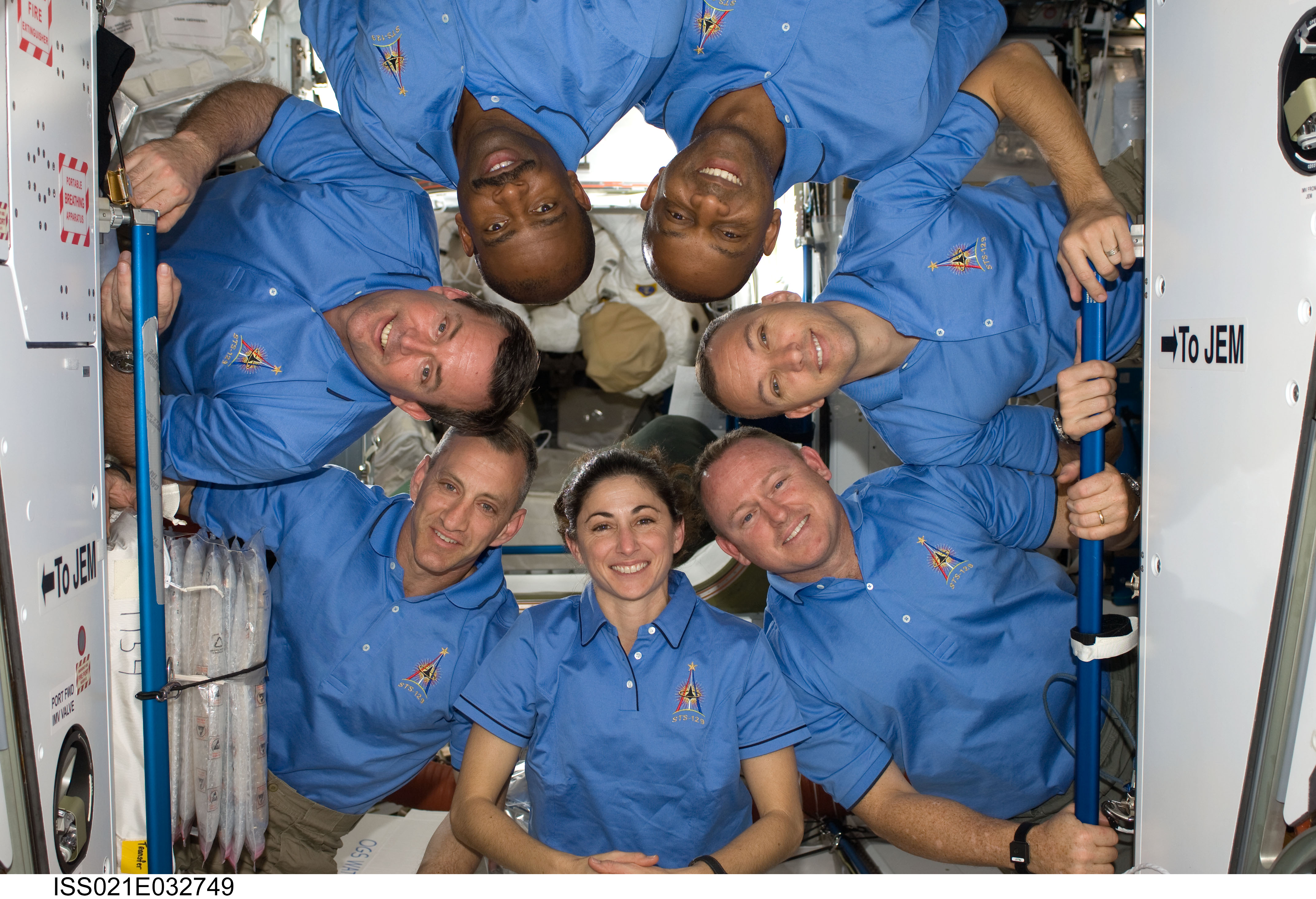STS-62
Primary payloads were U.S. Microgravity Payload-2 (USMP- 2) and Office of Aeronautics and Space Technology-2 (OAST- 2).
orbiter
mission duration
Launch
Landing

STS-62 Mission Facts
Mission: USMP-2; OAST-2
Space Shuttle: Columbia
Launch Pad: 39B
Launch Weight: 4,519,319 pounds
Launched: March 4, 1994; 8:53:00 a.m. EST
Landing Site: Kennedy Space Center, Florida
Landing: March 18, 1994 at 8:09:41 a.m. EST
Runway: 33
Rollout Distance: 10,151 feet
Rollout Time: 55 seconds
Revolution: 224
Mission Duration: 13 days, 23 hours, 16 minutes, 41 seconds
Orbit Altitude: 163 nautical miles
Orbit Inclination: 39 degrees
Miles Traveled: 5.8 million
Crew
John H. Casper, Commander
Andrew M. Allen, Pilot
Pierre J. Thuot, Mission Specialist
Charles D. Gemar, Mission Specialist
Marsha S. Ivins, Mission Specialist
Launch Highlights
The launch originally set for March 3 was postponed at the T-11 hour mark due to predicted unfavorable weather in the KSC area. The countdown March 4 proceeded smoothly. The only deviation to normal operating procedures was a delay in deploying the solid rocket booster recovery ships because of high seas. Recovery ships left port on launch day, and recovered the boosters and their parachutes on March 6.
Mission Highlights
Primary payloads were U.S. Microgravity Payload-2 (USMP- 2) and Office of Aeronautics and Space Technology-2 (OAST- 2). USMP-2 included five experiments investigating materials processing and crystal growth in microgravity, while OAST-2 featured six experiments focusing on space technology and spaceflight. Both payloads were located in the payload bay, activated by crew and operated by teams on the ground. USMP-2 experiments received emphasis at beginning of flight; later in mission Columbia’s orbit lowered about 20 nautical miles to facilitate OAST-2 experiments.
Crew worked with experiments located both in middeck and payload bay. These included Dexterous End Effector (DEE), a new magnetic end effector and grapple fixture design being tested for use on remote manipulator system arm; Shuttle Solar Backscatter Ultraviolet/A (SSBUV/A) and Limited Duration Space Environment Candidate Material Exposure (LDCE), all in payload bay. Middeck experiments were Advanced Protein Crystal Growth; Physiological Systems Experiment (PSE); Commercial Protein Crystal Growth (CPCG); Commercial Generic Bioprocessing Apparatus (CGBA); Middeck 0- Gravity Dynamics Experiment (MODE); Bioreactor Demonstration Systems (BDS); Auroral Photography Experiment (APE-B). Air Force Maui Optical Site Calibration Test (AMOS) requires no onboard hardware.
Crew also conducted number of biomedical activities aimed at better understanding and countering effects of prolonged spaceflight.
STS-62
Shuttle News
Retired Space Shuttle Locations
Shuttle Atlantis – Kennedy Space Center Visitor Complex Shuttle Discovery – Steven F. Udvar-Hazy Center Shuttle Endeavour – California Science…
Read the Story


































